Business in Montenegro. Montenegrin Economy

Aluminium: 84% of Montenegrin's total exports. Podgorica (Montenegro)
- Introduction to Montenegro (South Eastern Europe, Balkans)
- Montenegrin Economy: an economy based on the aluminum
- Business in Podgorica
- Montenegrin Foreign Trade
- Investment in Montenegro
- Access to the Montenegrin Market
- Business Plan for Montenegro
The objectives of the subject “International Trade and Business in” Montenegro” are the following:
- To analyze the Montenegrin Economy and Global Trade
- To know the trade opportunities in the Montenegrin Market
- To analyze the trade relations of Montenegro with the country of the student
- To know the Montenegrin Trade Agreements
- To develop a business plan for the Montenegrin Market

The Subject “Foreign Trade and Business in Montenegro” belongs to the following Online Programs taught by EENI Global Business School:
Doctorate: European Business, World Trade.
Masters: International Business, Foreign Trade.
Languages:  +
+  Montenegro
Montenegro  Montenegro
Montenegro  Montenegro.
Montenegro.
- Credits of the Subject “Doing Business in Montenegro”: 1

- Duration: one week
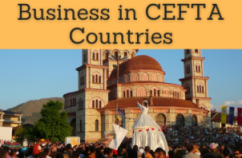
 Masters adapted to Montenegrin Students.
Masters adapted to Montenegrin Students.
International Trade and Business in Montenegro
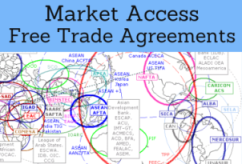
Montenegrin Preferential Access and Trade Agreements:
- Montenegro and the Orthodox Economic Area
- Central European Free Trade Agreement (CEFTA)
- Montenegro-EU
- Montenegro is a candidate to join the European Union (EU Enlargement)
- Montenegro-European Union Stabilization and Accession Agreement (EU-Western Balkans, EUROMED)
- Montenegro-EFTA Agreement
- Montenegro-Ukraine Agreement
- Montenegro-Russia Agreement
- Turkey-Montenegro Agreement
- Adriatic-Ionian Initiative
- Central European Initiative
- Regional Cooperation Council
Sample: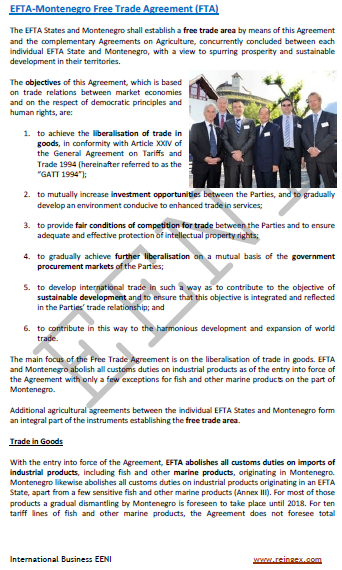
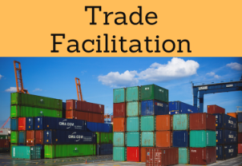
- WTO
- GATS
- Agreement on Sanitary Measures
- Agreement on Technical Barriers to Trade
- Agreement on Preshipment Inspection
- Agreement on Safeguards
- Trade Facilitation Agreement
- COTIF Convention (Rail)
- BIC
- Chicago Convention (ICAO)
- IMO
- Convention for Safe Containers
- Istanbul Convention
- Customs Convention on Containers
- Convention on the Harmonization of Frontier Controls of Goods
- Is not a member of the WCO
- Kyoto Convention
- ICC
- IRU
- TIR Convention
- Guidelines on Safe Load Securing for Road Transport
- CIM / CIT Rules
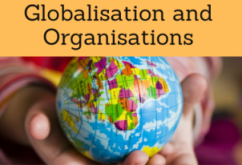
Europe
- UNECE
- OSCE
- Group of States of the European Council Convention against Corruption
Global Organizations:
- UN
- WB
- WTO
- IMF
- Montenegrin Capitals: Podgorica (main city), and Cetiña (historical capital)
- Official Language of Montenegro: Montenegrin
- Montenegrin Area: 13,812 km²
- Montenegrin Population: 621,383 people
- Type of Government of Montenegro: Parliamentary Republic
- Borders of Montenegro: Albania, Bosnia and Herzegovina, Croatia, Kosovo and Serbia
- Montenegrin Independence:
- 1992 (Yugoslavia)
- 2006 (Federal Republic of Yugoslavia)
Religion in Montenegro: Orthodoxy (Christianity).
- Islam: 19%
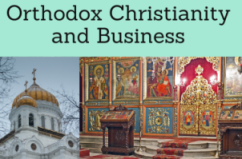
Montenegro belongs to the Orthodox Economic Area.
Montenegrin Economy.
- Montenegro is a country in transition to a market Economy
- Aluminum is one of the pillars of the Montenegrin economy along with services
- Montenegro still suffering from the different wars effects in the Balkans (1990)
- Montenegro is one of the poorest countries in Europe (12% of the population below the poverty line)
- Montenegrin GDP per capita: 6,966 dollars
- Currency of Montenegro: Euro
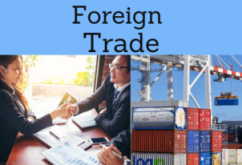
Montenegrin Foreign Trade.
- The main Montenegrin Exports are aluminum (exported through Switzerland, accounts for 84% of Montenegrin's total exports)
- Top Montenegrin Exports destinations: Serbia (23%), Croatia (23%) and Slovenia
- The main Montenegrin Imports are foods, petroleum products, natural gas, clothes, industrial products
- The main suppliers of Montenegro: Greece, Italy, Germany, China and Bosnia and Herzegovina
(c) EENI Global Business School (1995-2024)
We do not use cookies
Top of this page



